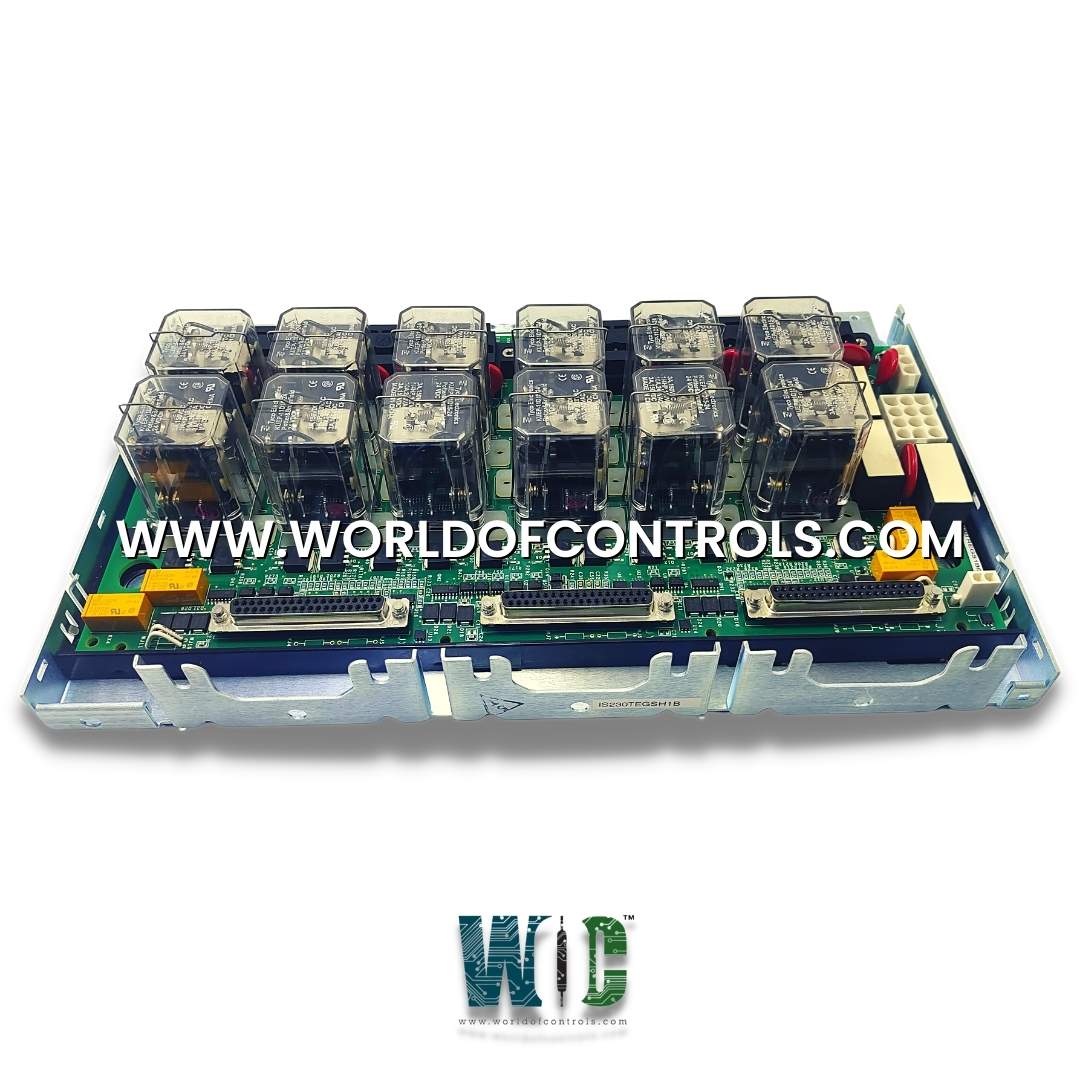
World Of Controls understands the criticality of your requirement and works towards reducing the lead time as much as possible.
IS230TEASH1A - DINrail Mounted I/O Module is available in stock which ships the same day.
IS230TEASH1A - DINrail Mounted I/O Module comes in UNUSED as well as REBUILT condition.
To avail our best deals for IS230TEASH1A - DINrail Mounted I/O Module, contact us and we will get back to you within 24 hours.
Part No.: IS230TEASH1A
Manufacturer: General Electric
Product Type: DINrail Mounted I/O Module
Size: 17.8 cm wide x 33.02 cm high
Mounting: DINrail
Technology: Surface-mount
Availability: In Stock
Country of Manufacture: United States (USA)
Series: Mark VIe
IS230TEASH1A is a DIN-rail mounted I/O Module developed by GE. It is a part of Mark VIe control system. This I/O module is specifically designed to provide reliable and precise control and monitoring capabilities for a wide range of applications. It is designed to be conveniently mounted on a DIN rail, the feature allows for easy installation and integration into control panels or cabinets, optimizing space and ensuring a tidy and organized setup. The module offers high-quality I/O functionality, encompassing both input and output capabilities.
World of Controls has the most comprehensive collection of GE Mark VIe components. Please contact WOC as soon as possible if you require any extra information.
What is IS230TEASH1A?
It is a DINrail Mounted I/O Module developed by GE
Why are complex control systems prone to potential failure points?
Complex control systems involve numerous interconnected components and subsystems, which increases the number of potential failure points. The complexity introduces more opportunities for errors or malfunctions, making it crucial to implement robust fault detection mechanisms.
How does failure to control the outputs of a system impact reliability?
Failure to control the outputs of a system can have severe consequences, leading to operational disruptions, safety hazards, and potential damage to equipment and processes. Controlling the outputs effectively is vital to ensure proper functioning and achieve desired outcomes.
What is the importance of fault detection proximity to the output?
Detecting faults as close to the output as possible is essential to achieving a high level of reliability. Detecting faults at the output stage allows for quick identification and resolution, minimizing the impact of failures and preventing potential cascading issues through the system.